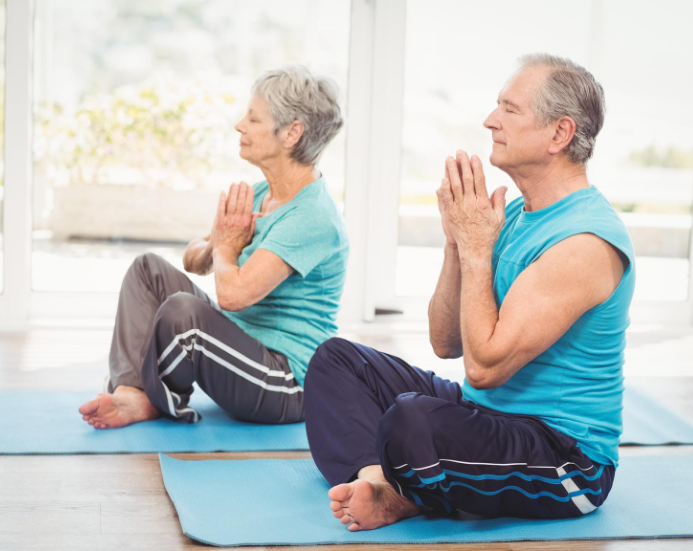Have you thought about starting a new exercise class or program but not sure which one is right for you? With so many choices out there and modern twists on the classics like yoga and Pilates it can be hard to know exactly what is best suited to you and your fitness goals and needs. Yoga is a classic ancient exercise practice that has been tried and tested for thousands of years but exactly how does it differ to more modern physiotherapy methods like Pilates and Exercise Therapy?
Jump to:
What Is The Meaning Of Yoga?
What Is The Main Purpose Of Yoga?
Health Benefits Of Yoga
What Type Of Yoga Is Best For Beginners?
Yoga, Pilates, & Exercise Therapy
The Overall Difference Between Yoga, Pilates, & Exercise Therapy
For Physiotherapy
What Is The Meaning Of Yoga?
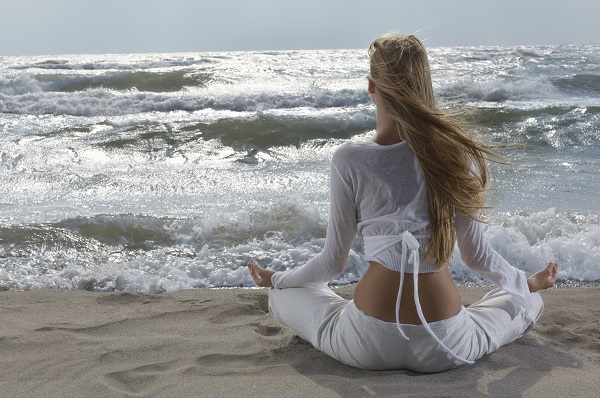
Researchers and historians trace the development of yoga back 5,000 years. Some take yoga origins even further back to 10,000 years. Because the philosophies and practice of yoga were originally transmitted orally, some mysteries remain. As you would expect over time even the meaning of the word yoga has developed and been interpreted differently. For the purpose of a simple explanation of the term yoga, it literally means “union”.
- This union can be understood on different levels:
- Philosophically
- Religiously
- Psychologically
- Emotionally
- Physically
What Is The Main Purpose Of Yoga?
Yoga was created in India with the purpose of connecting the individual consciousness with the universal consciousness through physical activity. In short, it aims to not only improve your physical health but your emotional and spiritual health as well.
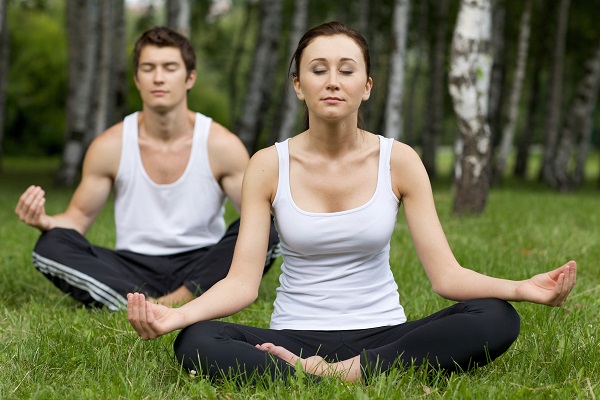
Through repetitive movement, the act of yoga can be extremely therapeutic. The movements focus on building flexibility and strength. Many types of yoga involve meditation at some point during the exercise. The meditative portion of yoga tends to attract people who are seeking to unwind from stressful situations.
There are many different types of yoga, ranging from Hatha, which is a great choice to help you chill out from a long day, to Kundalini, which has been said to help people dealing with addictions. If you are looking for something more physically stimulating, you can try Sivananda yoga, which is a series of 12 common poses that helps to increase flexibility and strengthen muscles.
Health Benefits Of Yoga
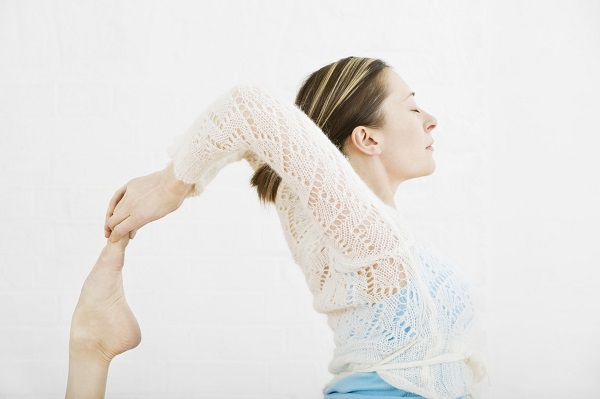
The exercises of yoga are designed to put pressure on the glandular systems of your body, increasing your body’s efficiency and total health. Breathing techniques increase breath control to improve the health and function of body and mind. Benefits of regular yoga include:
Cardiovascular system (heart and arteries) – Asanas (body postures) are isometric, which means they rely on holding muscle tension for a short period of time. This improves cardiovascular fitness and circulation. Studies show that regular yoga practice may help normalise blood pressure.
Digestive system – Improved blood circulation and the massaging effect of surrounding muscles speeds up a sluggish digestion.
Musculoskeletal – Joints are moved through their full range of motion, which encourages mobility and eases pressure. The gentle stretching releases muscle and joint tension, and stiffness, and also increases flexibility. Maintaining many of the asanas encourages strength and endurance. Weight-bearing asanas may help prevent osteoporosis, and may also help people already diagnosed with osteoporosis (if practised with care under the supervision of a qualified yoga teacher). Long-term benefits include reduced back pain and improved posture.
Nervous system – Improved blood circulation, easing of muscle tension and the act of focusing the mind on the breath all combine to soothe the nervous system. Long-term benefits of yoga include reduced stress, anxiety and fatigue, better concentration and energy levels, and increased feelings of calm and well-being.
What Type Of Yoga Is Best For Beginners?
If you’re new to yoga, you have a lot of options. There are many types of yoga to choose from. With any style of yoga, you can improve your:
- Strength
- Flexibility
- Release tension in your body
- Quiet your mind
- Relax
To get the most benefit, you should choose a yoga style that matches your current fitness level, as well as your personality and goals for practising yoga.
Yoga methods range from very challenging methods to those that are a bit more suited to beginners.
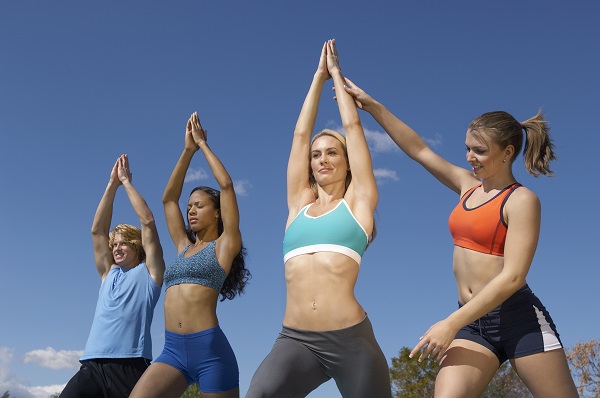
Gentle Types of Yoga
- Viniyoga
- Sivananda Yoga
- Hatha Yoga
- Iyengar Yoga
- Kripalu Yoga
- Kundalini Yoga
Challenging Types of Yoga
- Power Yoga
- Bikram Yoga
- Ashtanga Yoga
Before choosing a Yoga or any other exercise class consider these 3 questions.
Are you doing yoga for fitness and to get in shape as well as to explore the mind-body connection? Then choose a more vigorous yoga style like power yoga, ashtanga yoga, or Bikram yoga. All three styles combine an athletic series of poses into a vigorous, total-body workout. You may need a few beginner classes so that you can easily move through the poses.
Do you have an injury, a medical condition, or other limitations? Then start with a slower class that focuses on alignment, such as Iyengar yoga, kripalu yoga, or viniyoga.
Are the meditative and spiritual aspects of yoga your primary goal? Then try one of the yoga styles that include plenty of meditation, chanting, and the philosophic aspects of yoga. For example, you might try kundalini yoga.
If none of these types of yoga or reasons for practising yoga appeal to you then perhaps it is not the right fit. In that case, there are other options available including Pilates which is an increasingly popular and beneficial exercise program that has been developed in some part by yoga.
Yoga, Pilates, & Exercise Therapy
Yoga, Pilates and Exercise Therapy are all low-impact workouts that focus on using bodyweight resistance. The benefits are vast. All these styles of exercise can increase overall health, leading to a better quality of life.
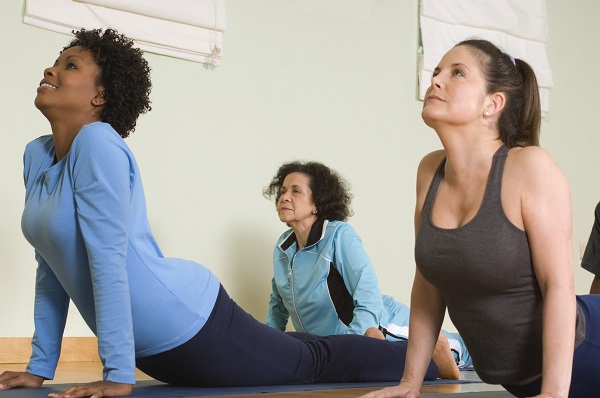
Yoga – Was designed as a path to spiritual enlightenment, but in modern times, the physical aspects of yoga have found huge popularity as a gentle form of exercise and stress management. There are many different varieties of yoga, but each one essentially relies on structured poses (asanas) practised with breath awareness.
Pilates – Pilates is low-impact and uses its exercises to strengthen muscles while improving postural alignment and flexibility. Pilates exercises tend to target the core, although the exercises work in other areas of your body as well.
Exercise Therapy – Exercise Therapy programs are broad and may include exercises to rehabilitate from injury, pain or mobility issues. Exercise Therapy may be engaged to maximise physical abilities, increase strength and improve flexibility by optimising muscular function, improve physical fitness, and improve general overall health and well-being.
The Overall Difference Between Yoga, Pilates, & Exercise Therapy
Overall, the biggest difference between Pilates, Exercise Therapy and yoga is the ultimate goal.
Yoga provides a meditative environment for you to improve your overall quality of life. It focuses on stress relief while improving your body.
Pilates works from the centre of your body outward. It forces you to increase your body awareness and work from your core, resulting in a stronger body.
Exercise Therapy is an important part of the management of all musculoskeletal conditions and includes prescribed exercises to treat or aid in the recovery and prevention of injury.
Yoga, Pilates and Exercise Therapy each have their benefits. The best part is that you really don’t have to choose. Combine Pilates with Yoga and Exercise Therapy for an amazing way to transform your physical and mental health regime.
For Physiotherapy
Yoga has many health benefits. Yoga can be used to safely and effectively improve strength and flexibility as a part of your overall health and wellbeing. Unfortunately, like in many forms of exercise, improper practice can result in injury. This is generally due to inexperience of the student/instructor, the competitiveness of the student or lack of instruction/feedback on technique from the instructor.
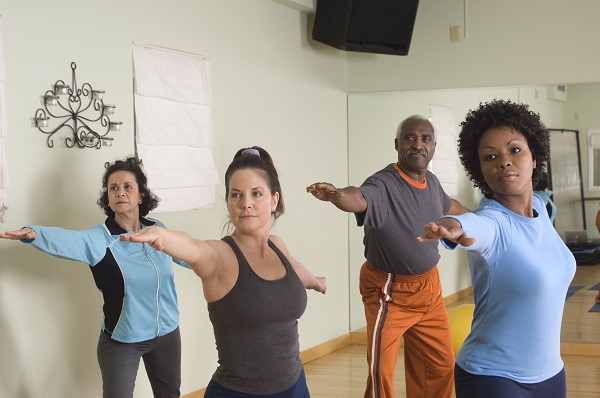
Common injuries in yoga include:
- Hamstring tendinopathy
- Gluteal tendinopathy
- Low back pain with forward or backward bending
- Knee pain (particularly meniscus injuries)
- Shoulder pain (including impingement and biceps tendinopathy)
- Wrist pain (including carpal tunnel syndrome)
Pilates and Exercise Therapy, on the other hand, can be a very safe and effective form of rehabilitation with many Physiotherapists having dedicated studios for these programs.
Research has found that Pilates and Exercise Therapy can be an effective treatment for injuries and illnesses such as:
- Chronic neck and back pain
- Hip or knee replacements
- Multiple sclerosis
- Fibromyalgia
- Scoliosis
It is also excellent for athletes, dancers and other sports professionals who have had some kind of injury and need rehabilitation to get back into top form. Because Pilates and Exercise Therapy are low-impact and prescribed exercises, they can be tailored to work on certain areas of your body as long as you have a trained and qualified instructor.
Physio Elements offer Group Clinical Pilates and Exercise Therapy classes in a well-equipped purpose-built studio attached to our health and wellness clinic. We provide our valuable clients in and around the Kilsyth community with an effective and professional Pilates exercise therapy program. Our highly qualified Physios work passionately to ensure the best care and outcomes, providing services to a population spanning out to more than 15 kms radius that includes:
- Kilsyth
- Montrose
- Mt Evelyn
- Mooroolbark
- Croydon
- Bayswater
- Bayswater North
- Ringwood
- Ringwood East
- Heathmont
- Lilydale
- Boronia
- Silvan
- Seville
- Wandin
- Mt Dandenong
- Olinda
- Chirnside Park
To learn more about our Pilates classes and Exercise Therapy programs including class timetables and fee structure click here. Alternatively, you can contact us on 9729 7777 or email us at physioelementsandpilates@gmail.com.

